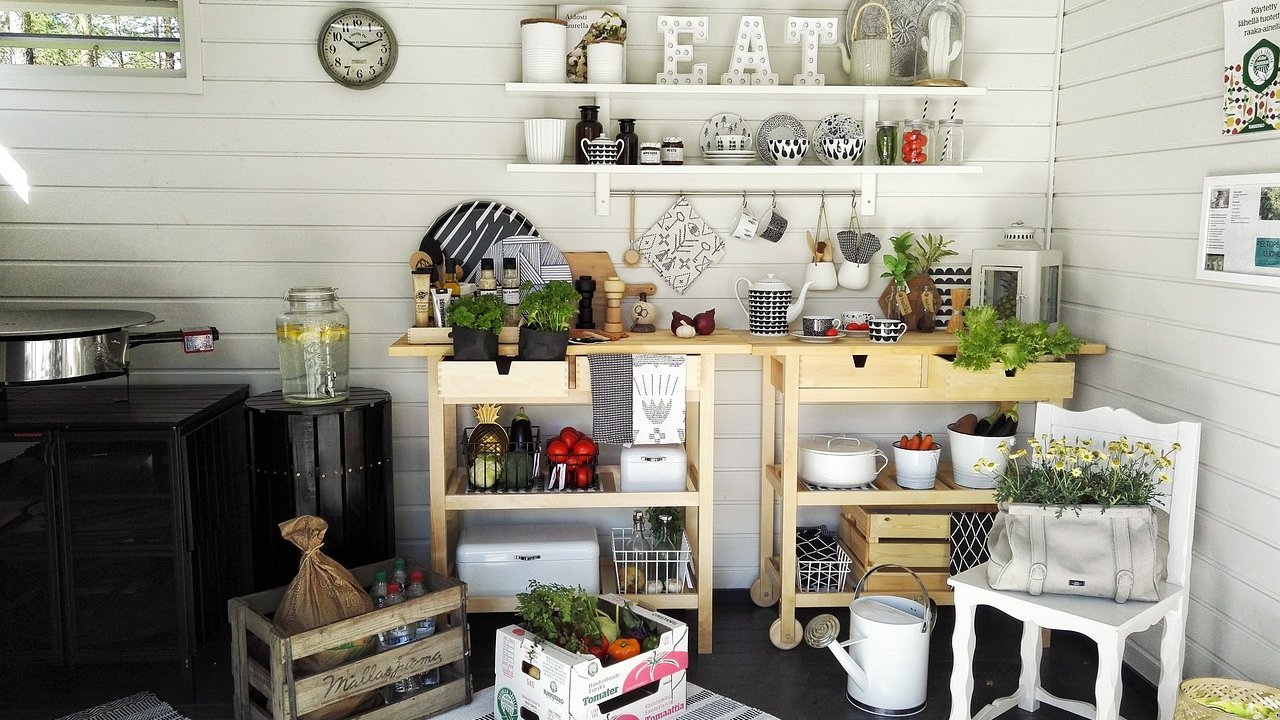
Regrouting your bathroom tiles is a great way to refresh the look of your bathroom without having to replace the entire tile work. But what are the best DIY techniques to achieve this? This article delves into an in-depth guide on how to regrout bathroom tiles yourself.
Preparation for Tile Regrouting
Before getting started on your DIY project, you'll need to prepare. Materials for regrouting tiles include new grout, a grout saw, a grout float, a sponge, a bucket, and protective gloves. Safety glasses are also recommended as removing old grout can cause small particles to fly up.
Cleaning Bathroom Tiles before Regrouting
The first step in the regrouting process is to clean the tiles. This ensures that the new grout properly adheres to the tile. Use a suitable kitchen or bathroom cleaner and scrub the tiles thoroughly. Rinse with water and let it dry.
Removing Old Grout from Bathroom Tiles
Next, use the grout saw to carefully remove the old grout. This might require some elbow grease, but be careful not to chip or scratch the tiles.
Applying New Grout on Bathroom Tiles
Once all the old grout has been removed, it's time to apply the new grout. Using the grout float, spread the grout into the gaps between the tiles. Make sure to press firmly so the grout fills the entire depth of the gap.
Sealing Grout on Bathroom Tiles
After the grout has dried (usually 24-48 hours), you'll seal it. The sealer protects the grout from moisture and stains, prolonging the life of your grout.
Now, let's look at a summarized version of this process:
Do's and Don'ts of Tile Regrouting
When doing this project, there are a few things you should keep in mind. For one, always take time to prep your work area. This can help prevent unnecessary damage to your tiles. Secondly, don't rush the drying process. Letting the grout and sealer dry properly is essential for a durable regrouting job.
DIY Tile Regrouting vs Professional Services
Although regrouting is a task you can certainly do yourself, it can be time-consuming and requires some physical work. If you'd rather not take this on, professional services are available. However, the cost of DIY regrouting is significantly lower, and it gives you the satisfaction of a job well done.
Maintenance after Regrouting Bathroom Tiles
After your successful regrouting project, you'll want to maintain your newly refreshed tiles. Regular cleaning and occasional resealing can help your grout last longer and keep your tiles looking their best.
So, there you have it, the best DIY techniques for regrouting your bathroom tiles.











